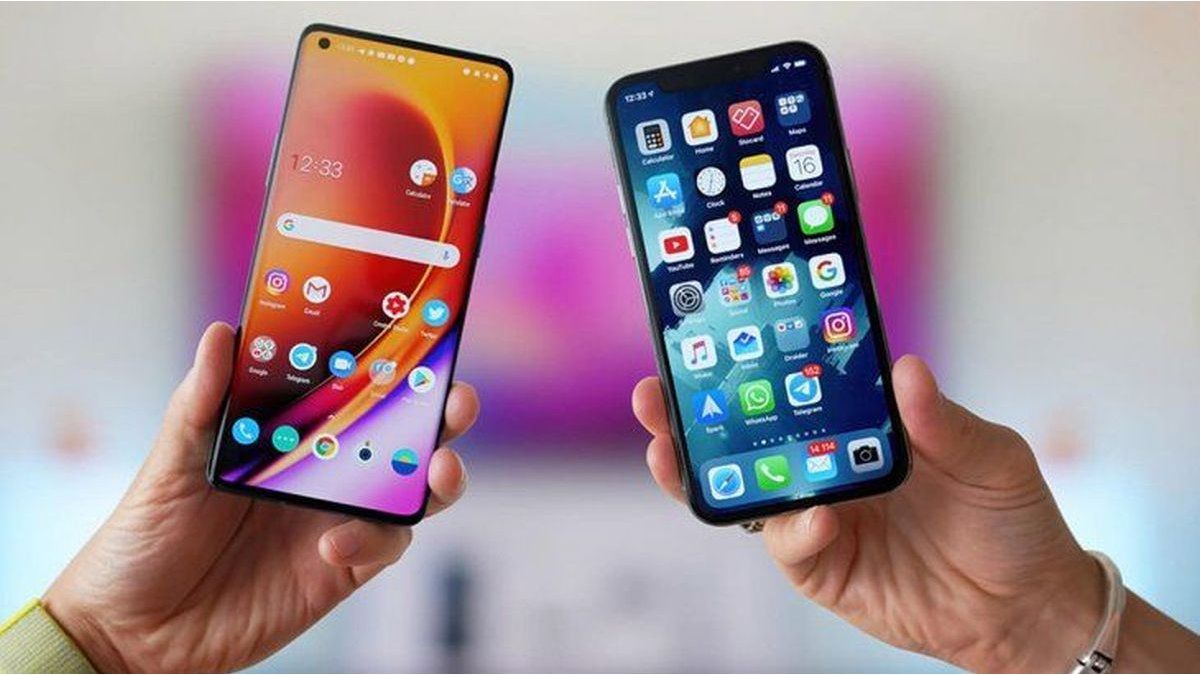Their series of guidelines is for both iPhone and Android users. These suggestions are aimed at protecting data from cyber attacks.
Their series of guidelines is for both iPhone and Android users.
Against a backdrop of growing concern about cyber threats, NASA shared a series of essential guidelines to improve cell phone securityboth for users of iPhone as well as Android. These suggestions are aimed at protect data and devices against the increase in cyber attacksemphasizing simple but effective practices. The agency highlights the need to adopt these measures to avoid unnecessary risks.
The content you want to access is exclusive to subscribers.
Although the report was presented for the first time in 2020, the relevance of NASA’s recommendations remains valid, according to a recent Forbes publication. On that occasion, the space agency developed a practical guide that promotes a proactive approach to protecting mobile devices.. The key, according to NASA, lies in not sacrificing safety for technological convenience.


Tips to improve digital security
Among the most notable suggestions, NASA pointed out the importance of using strong passwords and biometric authentication methods, as well as keeping software always updated. These practices help minimize exposure to vulnerabilities and prevent cyberattacks. Additionally, many of the recommendations are simple actions that can be implemented quickly.
They warn that a security flaw exposed hundreds of Instagram passwords

One of the practices most recommended by NASA is Turn your cell phone off and on at least once a week. According to the agency, this action helps Avoid certain types of attacks such as spear phishing and zero-click exploits. Although it does not offer complete protection, frequent rebooting of the device can add an additional layer of security.
NASA also warns about behaviors that can put devices at risk, such as “jailbreaking” or “rooting”, which modify the operating system and expose the phone to unnecessary dangers. Furthermore, it is recommended to be cautious when opening links and attachments from unknown sourcesas they are usually the most common methods to spread malware.
NASA Recommended Practices List
- Update software and applications as soon as new versions are available.
- Only download applications from official stores.
- Be careful with personal data entered in applications.
- Close applications when they are not being used.
- Avoid modifying the device’s operating system (do not jailbreak or root).
Be careful with connectivity
- Turn off Bluetooth when not in use, as airplane mode does not always turn it off.
- Avoid connecting to public Wi-Fi networks and turn off Wi-Fi when not necessary.
- Do not connect personal devices to work or government computers.
Physical device security
- Maintain physical control of the cell phone.
- Set a 5-minute automatic screen lock.
- Use passwords or pins of at least 6 digits and enable device wipe after 10 failed attempts.
- Implement biometric authentication to protect sensitive information.
- Reboot your phone weekly.
Additional precautions
- Use a protective case that blocks the microphone and cover the camera when not in use.
- Avoid having sensitive conversations near the device.
- Do not open unknown attachments or links.
- Turn off location services if they are not needed.
- Use only original charging cables or those from trusted manufacturers and avoid public USB charging stations.
By following these recommendations, mobile device users can significantly reduce the risk of being victims of cyberattacks, ensuring the protection of their personal data and the integrity of their devices.
Source: Ambito
I am a 24-year-old writer and journalist who has been working in the news industry for the past two years. I write primarily about market news, so if you’re looking for insights into what’s going on in the stock market or economic indicators, you’ve come to the right place. I also dabble in writing articles on lifestyle trends and pop culture news.




